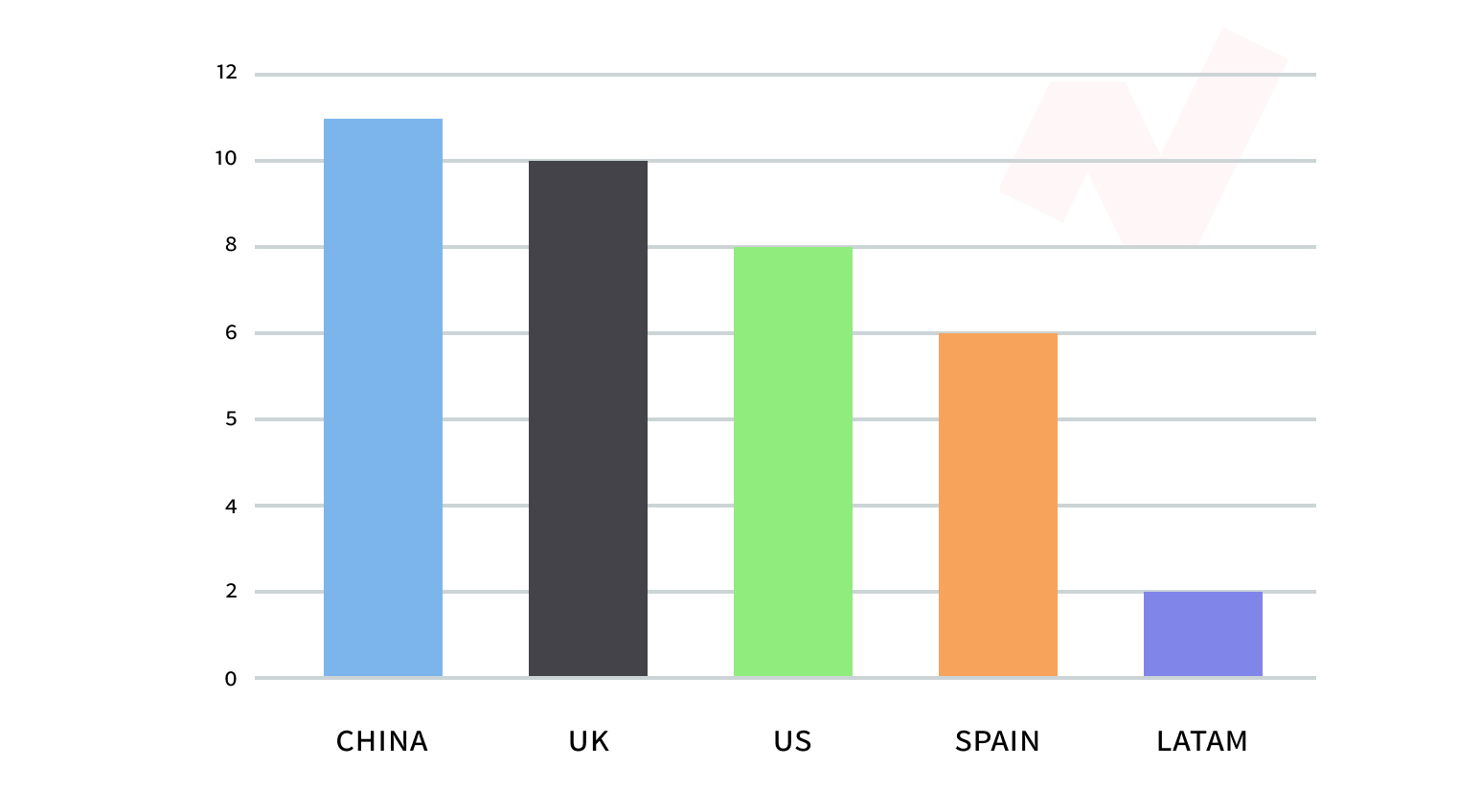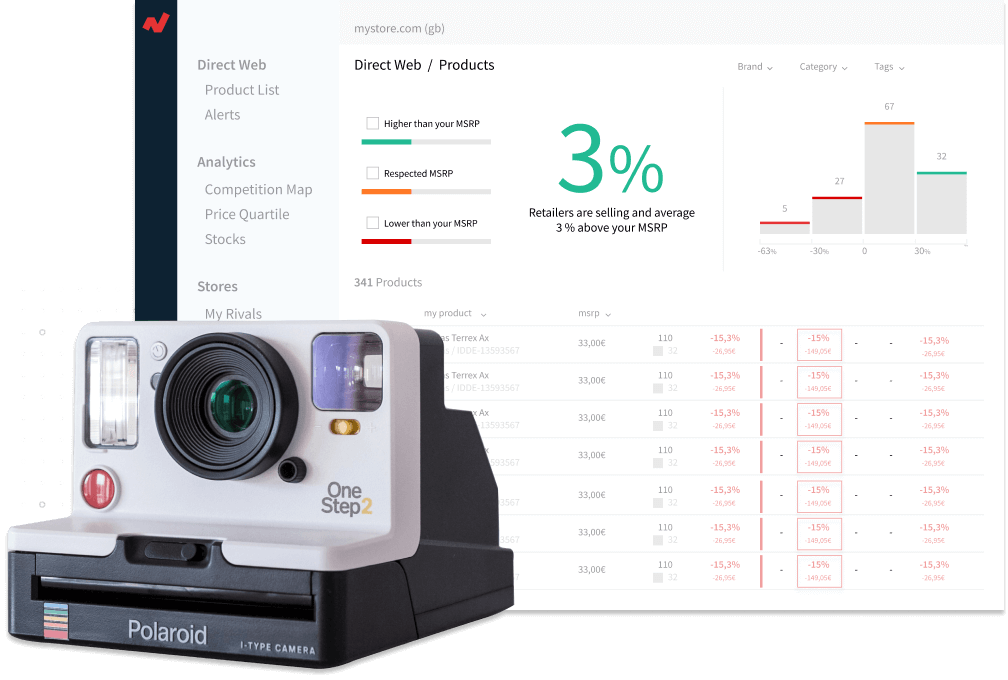About this White Paper
Managers’ mentality towards pricing is currently being influenced by the fierce competition in the market. A constant price war has led them to think that a continuous reduction of prices will help them influence customers’ price perception and redefine it.
Trying to adjust these perceptions has become an essential task included in the pricing strategy of retailers. And, in fact, few companies succeed. So, the question that arises is why can’t the rest change that perception? Most of the time, such failure is due to the fact that customers are not aware of the changes that occur in the price of specific products, while, on other occasions, what happens is that the customer has drawn an image of the company that costs a lot to change. Especially, if you only carry out price reductions without any other type of action.
Therefore, what is the correct marketing strategy to employ? The strategies are very diverse and their use depends, to a great extent, on the market in which you are. However, there are some points that must be taken into account when redefining your customers’ perception of price.
The price perception of online and offline sales
Proof of this is that digital information influences about 50% of store sales.
E-commerce is considered a very lucrative field and is in constant growth. Moreover, online shopping is changing the way we have to shop at physical stores. Proof of this is that digital information influences about 50% of store sales.
Many people who consider that buying products in physical stores is an obligation are those customers who first get on the shopping cart online. Some see e-shopping as the end of traditional shopping, but it does not have to be that way.
The graph below illustrates how much online commerce accounts for in percentages throughout different regions. Overall it accounts for 15% to 20% of total global sales.
Sellers must face the situation by adopting a new vision of sales that will help them get the most out of their sales. A way of selling in which retailers interact with customers through multiple channels: webs, physical stores, mobile phones and other devices, call centers, social networks, mail, catalogs, television, game consoles, etc.
The use of digital tools becomes critical in gaining competitiveness.
Online businesses are developing their digital tools and skills to gain more competitiveness and succeed in a field as competitive as online sales.
The truth is that e-commerce offers certain advantages in terms of factors such as price, selection, comfort and trust of customers. Factors that, in turn, are key when developing business strategies.
Overall physical sales are influenced by online ones. Customers want the advantages of both physical and digital sales channels, so what you need is a good integration of both channels to satisfy customers who want it all.
How to adjust price perception: Strategies
Study of the competition
First, a comparison between competitors and an analysis of their prices is needed to detect price differences. This is a fundamental part of the process, as much of your customers’ opinions about the price are affected by those differences. Do not forget that consumers, more and more, make greater use of the network to find products and find the best deals.
You need to find products that are relevant both, to your competitors and to your business, and to establish to which ones a reduction of price will be applied to gain competitiveness. These will be the products that will make your store gain traffic, while those without reduction or even those in which the price has been increased will be used to increase your profit margin.
Market analysis
One of the main problems of the online market today is that it is crowded and that means that on the internet there is a large volume of data related to your competition, catalogs and prices. Managing all this data manually can be a great expense of your company’s time and resources that could be used in the main objectives: to arrive at a more efficient pricing management that allows you to rethink your strategy and improve the perception of your prices by part of your customers.
Many companies continue to think in the wrong way, that establishing prices is an intuitive task that can be carried out without taking into account the competitive market situation, but the reality is that a previous study that gives you a clear vision of your status and of your competition in the sector is essential if you do not want to risk losing potential customers and losing the profitability of your prices.
Price management automation
There are many ways to manage all this data and many go through Excel spreadsheets. A price monitoring platform or price intelligence software is the ideal solution for companies to keep abreast of the movements of their rivals without having to carry out that monitoring and data gathering in a manual way and to save, in this way, time and money to the team.
What are the advantages of implementing such tools? These platforms allow automated repetitive tasks such as:
- Comparing your products with those of your competitors.
- Associating products by similarity criteria.
- Controlling competitors’ price, stock changes and their offers.
These functionalities are a great help if you want to achieve a successful pricing strategy, since they allow you to get a more detailed view of the market and your competitiveness status so that you can decide if you need a change in your pricing policy.
Knowing the competitive prices and knowing which margins you can move to will help you define whether you need to reorient prices to gain more margin or adjust it, attract more customers, and even if you want to invest the money you used to spend on manual tracking of your competition into increasing the value and service of your products such as after-sales service and logistics. In addition, it will facilitate you to announce the products in which you are really competitive, something that will reinforce the image of your company. And, no doubt, greater customer loyalty will lead to a greater market share and sales numbers.
Marketing to influence price perception
Market research should be combined with other marketing strategies that reinforce the competitiveness of your store and help to install it in the perception of your customers about the price of your products.
Combining competitive pricing management with factors influencing consumer perceptions.
How is to achieve so? There are different ways of complementing efficient pricing management focused on competitiveness with external factors influencing consumer perceptions.
However, care must be taken, as these strategies do not apply to the luxury goods sector. When customers look for quality rather than good pricing, strategies aimed at providing this “cheap” vision of the product are discouraged, as they could have the opposite effect. In here, you can get to know the main ones.
- Prices ending in 99: This is a strategy that is widely used by retailers. In using it, the price of the product appears to be less than it actually is.
- Look & Feel: For both online and offline stores, designs matters too. Several sorts of store layouts, a more simple design… These kind of aspects may favour the image of “cheaper” in comparison with other types of layout which may seem more expensive in terms of design.
- Signs and advertising: Signs, ads, slogans that indicate savings or rebates, etc. All these are a way to proclaim discounts, promotions, coupons and low prices, in general, which will attract customers looking for good buying opportunities.
- Loyalty and Reward Programs: These programs are offered to consumers to make them frequent customers. This loyalty is achieved through rewards in the form of discounts or special promotions that reinforce this vision of “economy store”.
- Variety and range of products: Shops with a certain range or variety of products can also be perceived as more expensive or cheaper according to the type of product they offer.
Conclusion
Pricing strategy is one of the essential factors to ensure the success of a company and its products or services. In an increasingly globalized and competitive market you need to create a long-term pricing strategy that is understood as an inseparable part of your company’s marketing and finance. The pricing strategy must act in accordance with product strategy, customer management, distribution and commercial communication to obtain more competitive results and create company policies focused on value, competitiveness and transparency.





